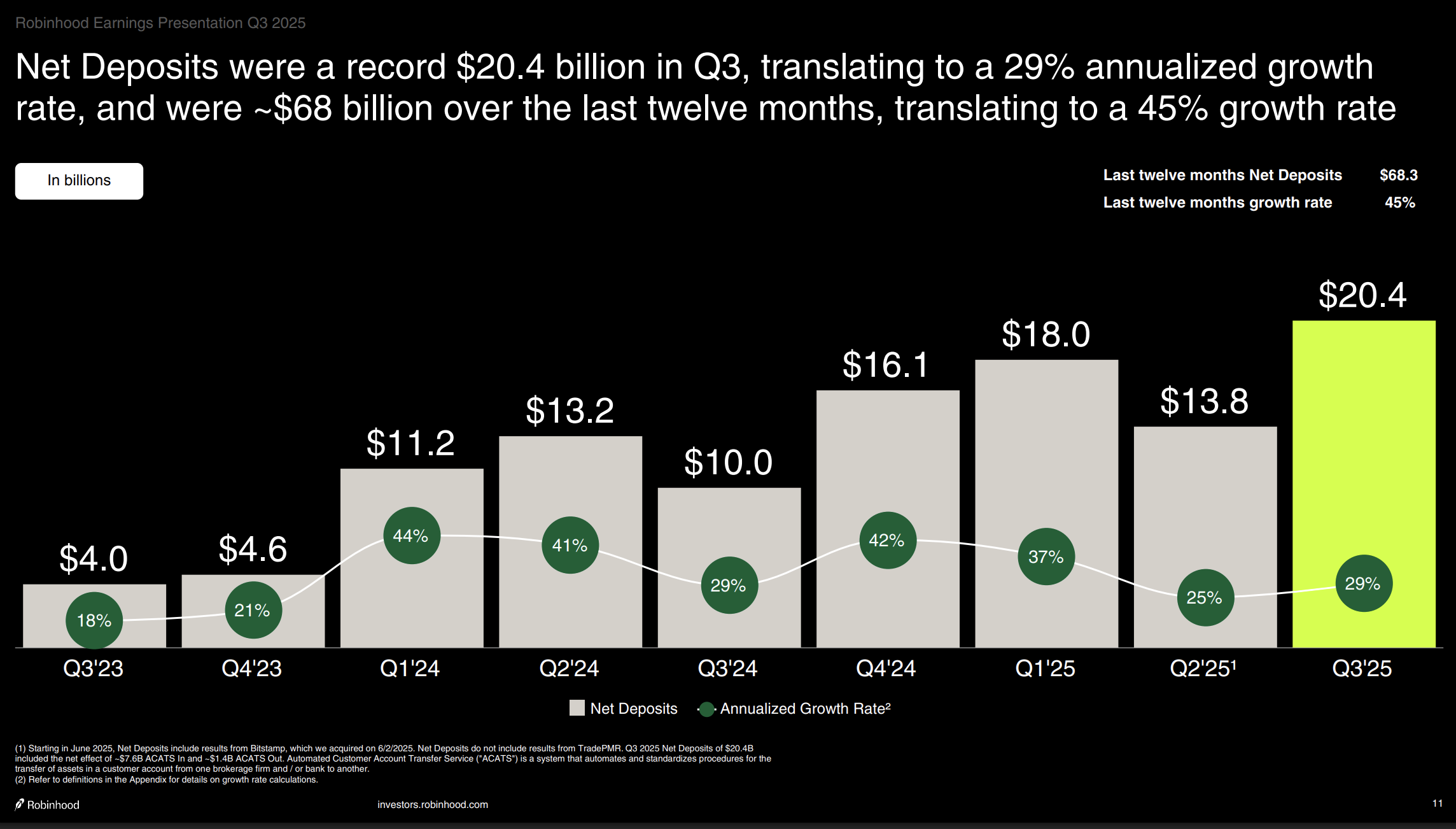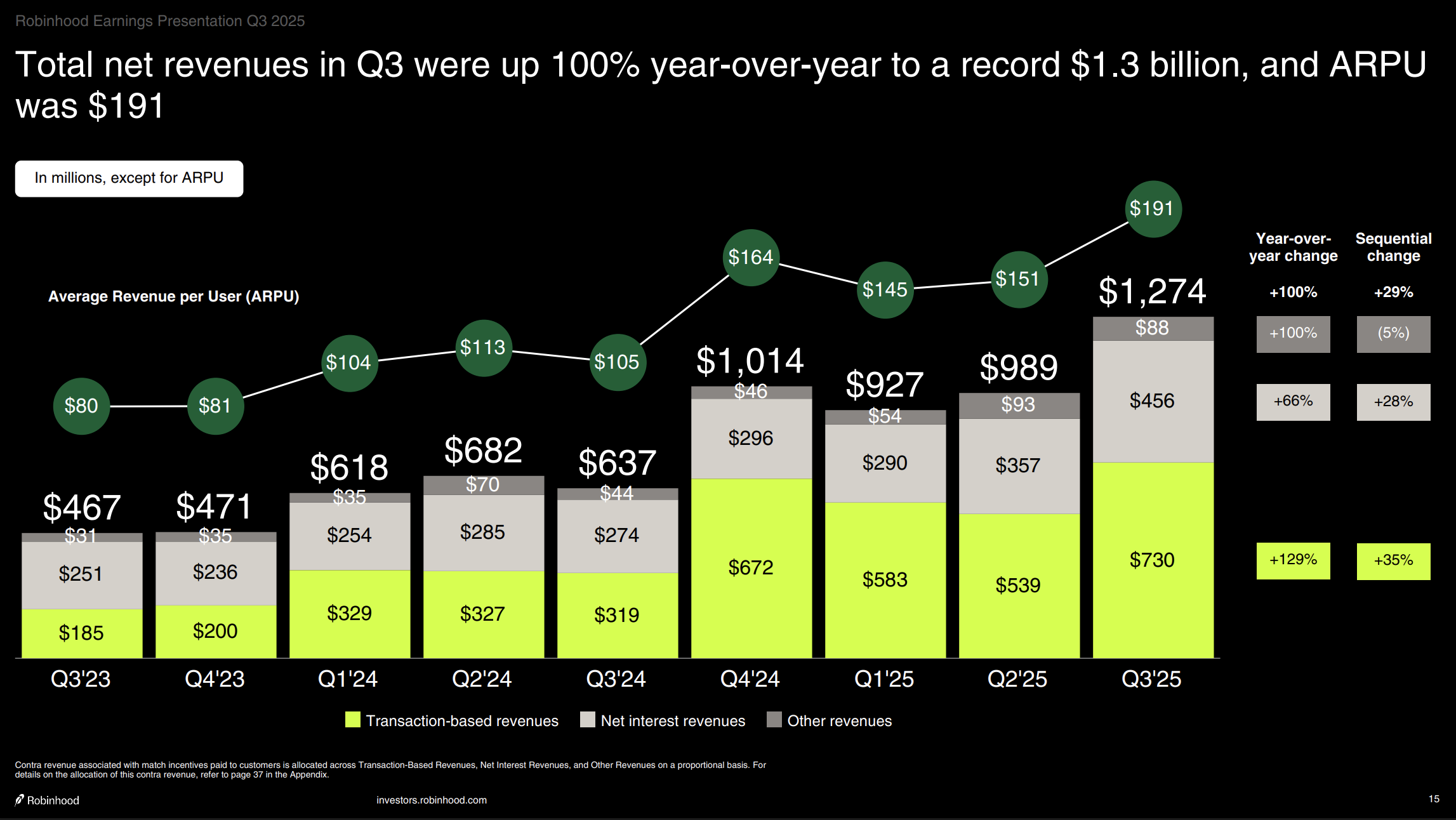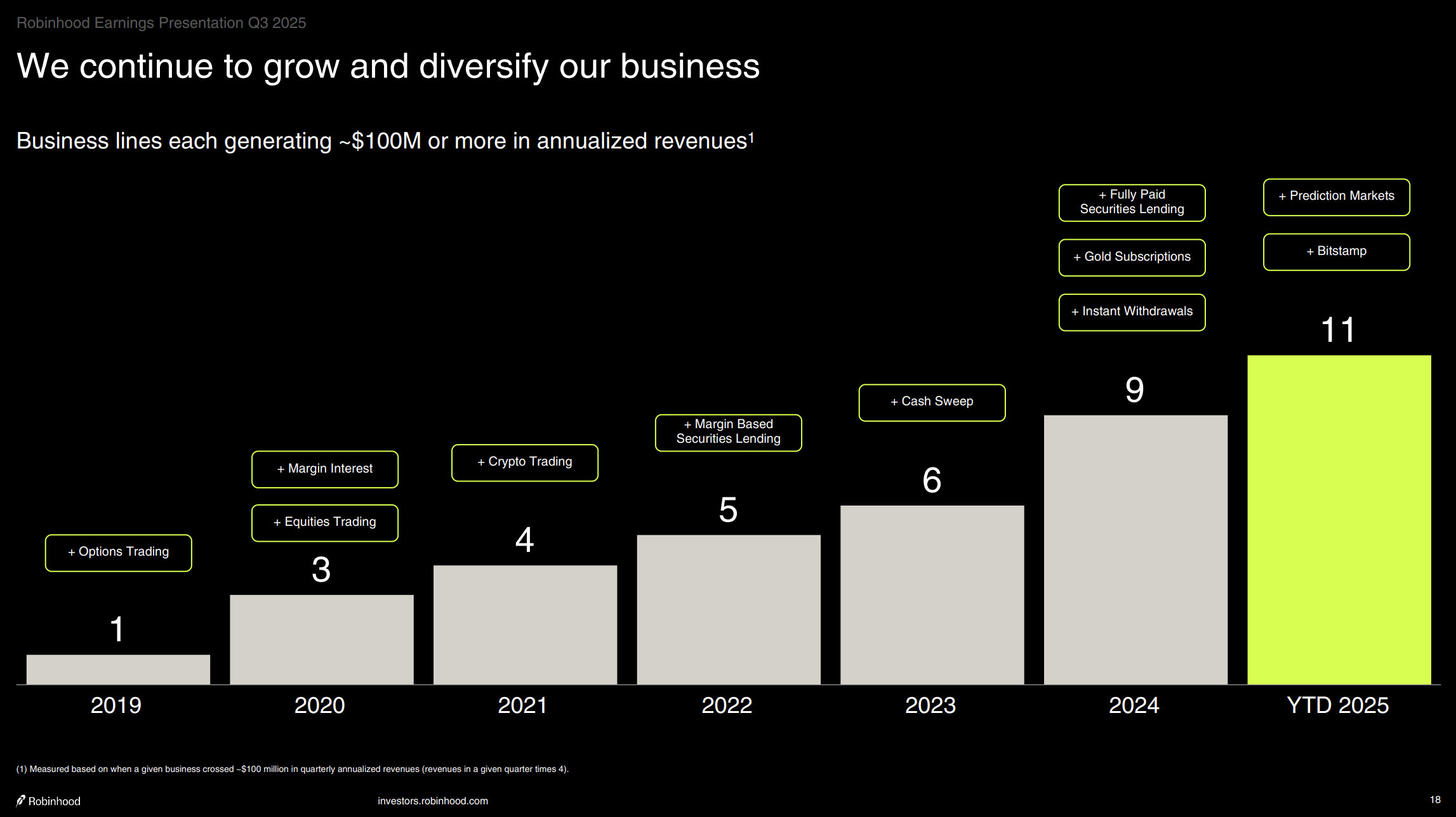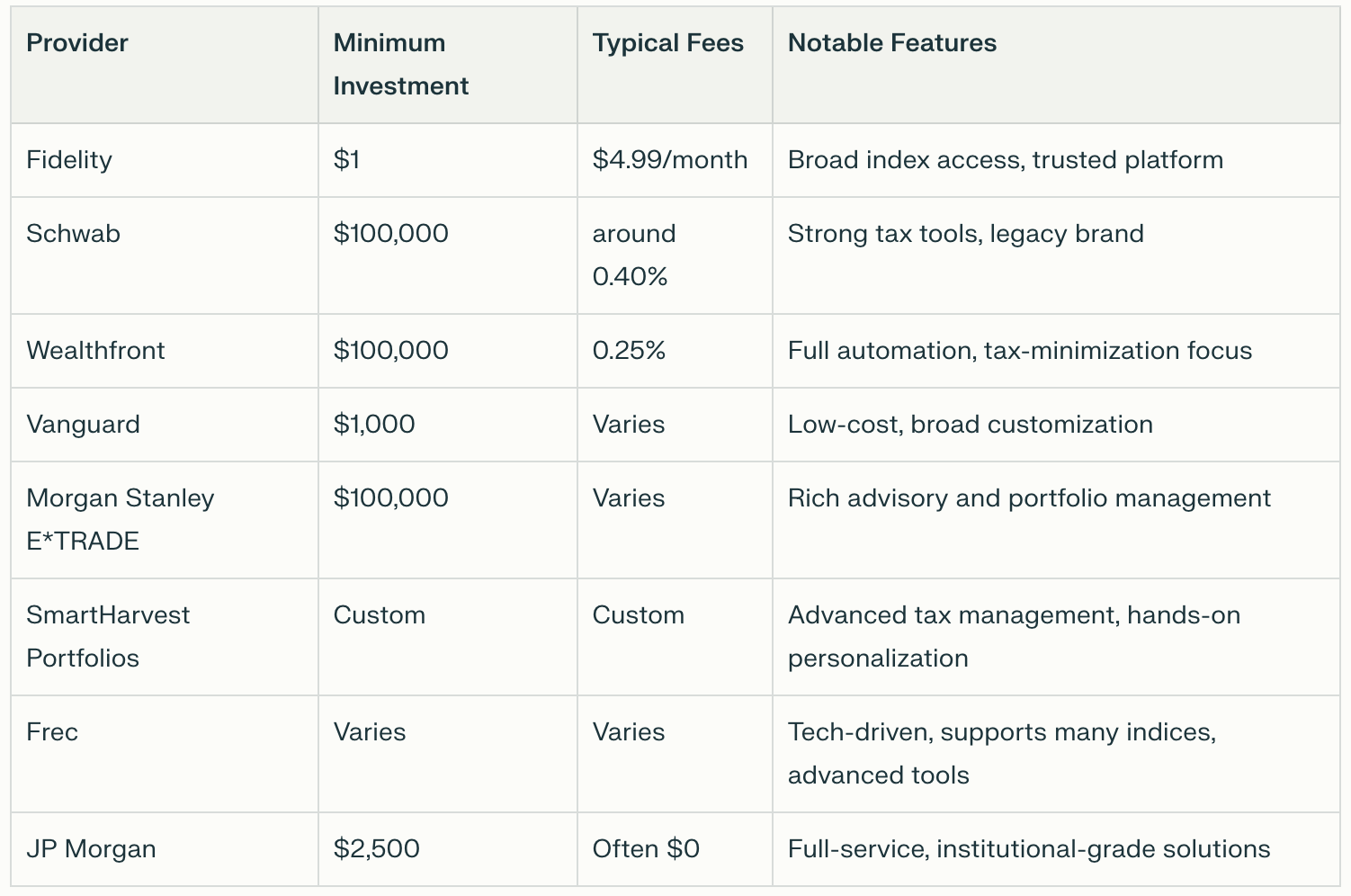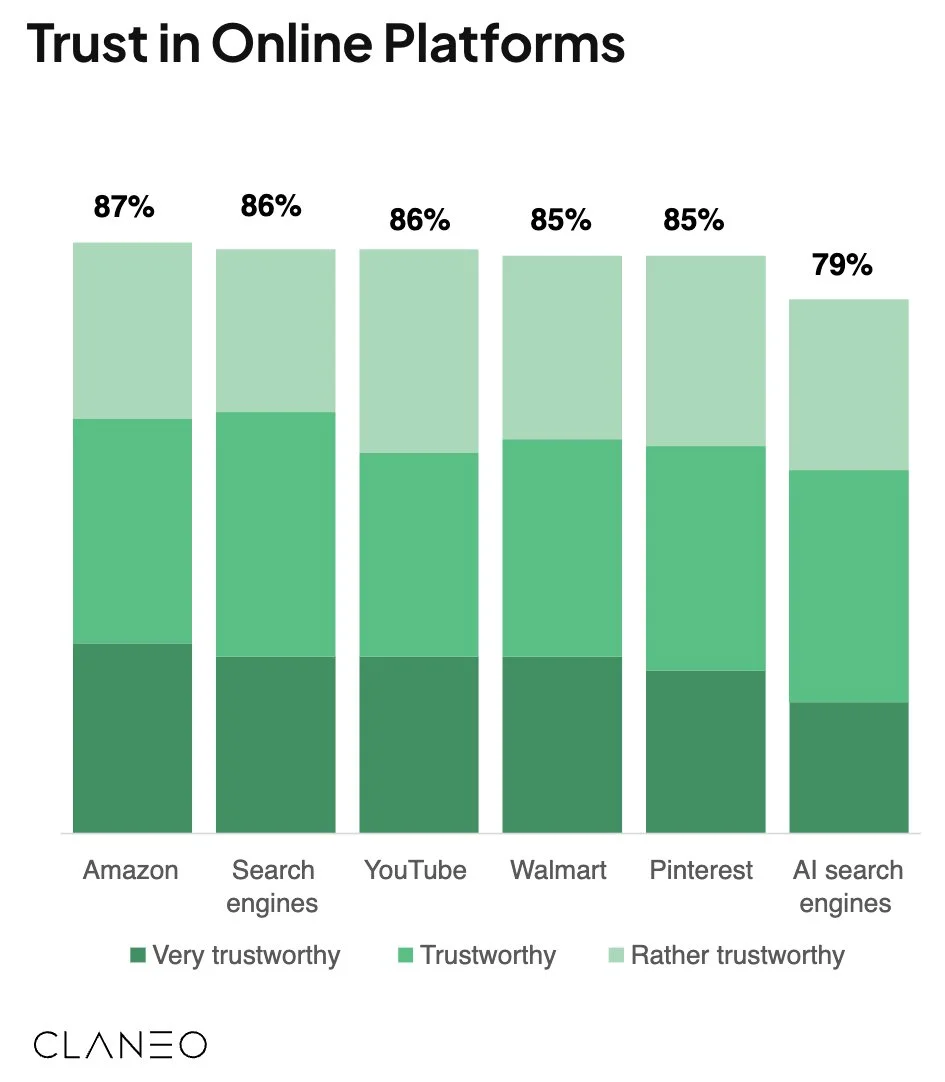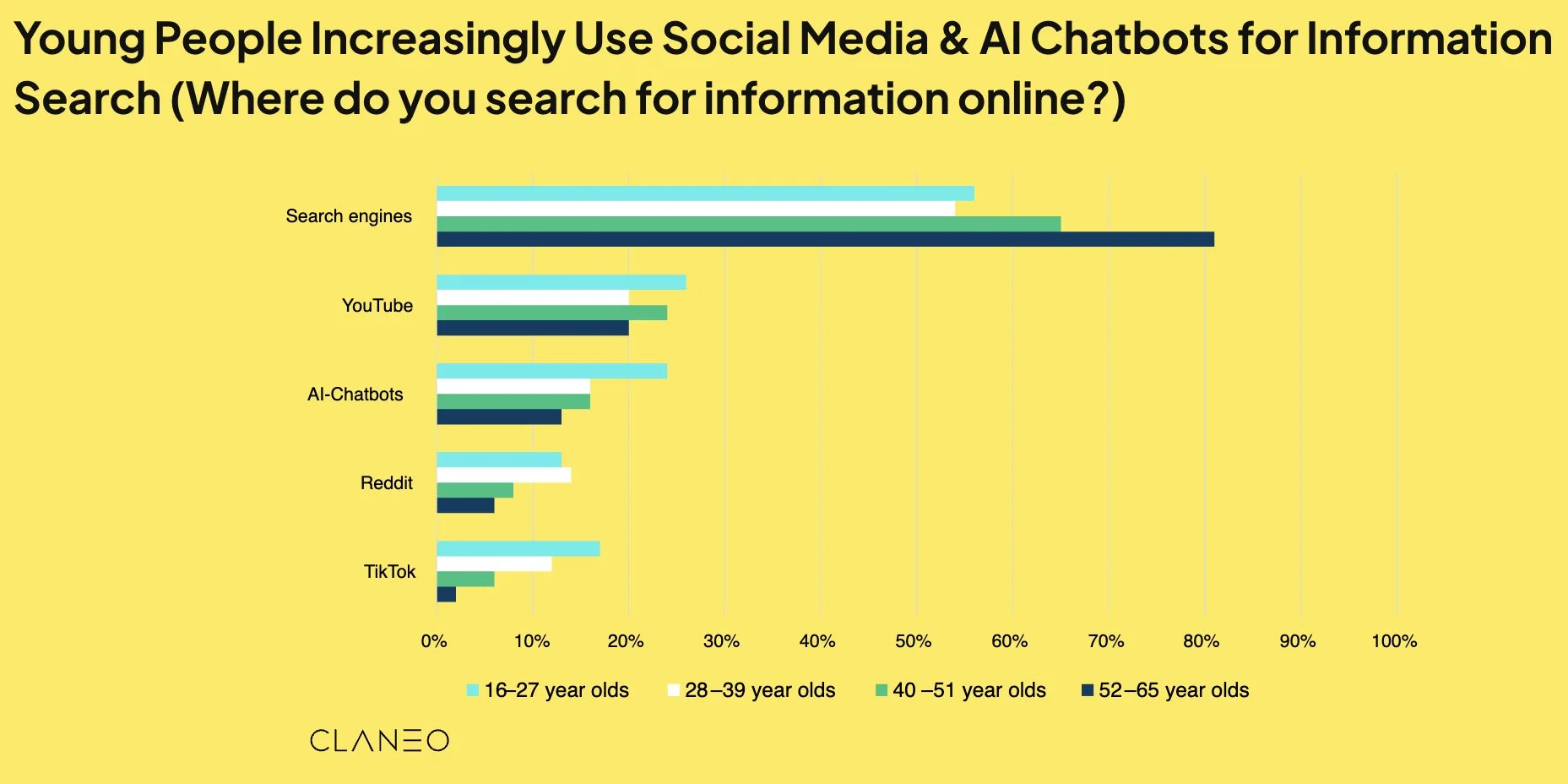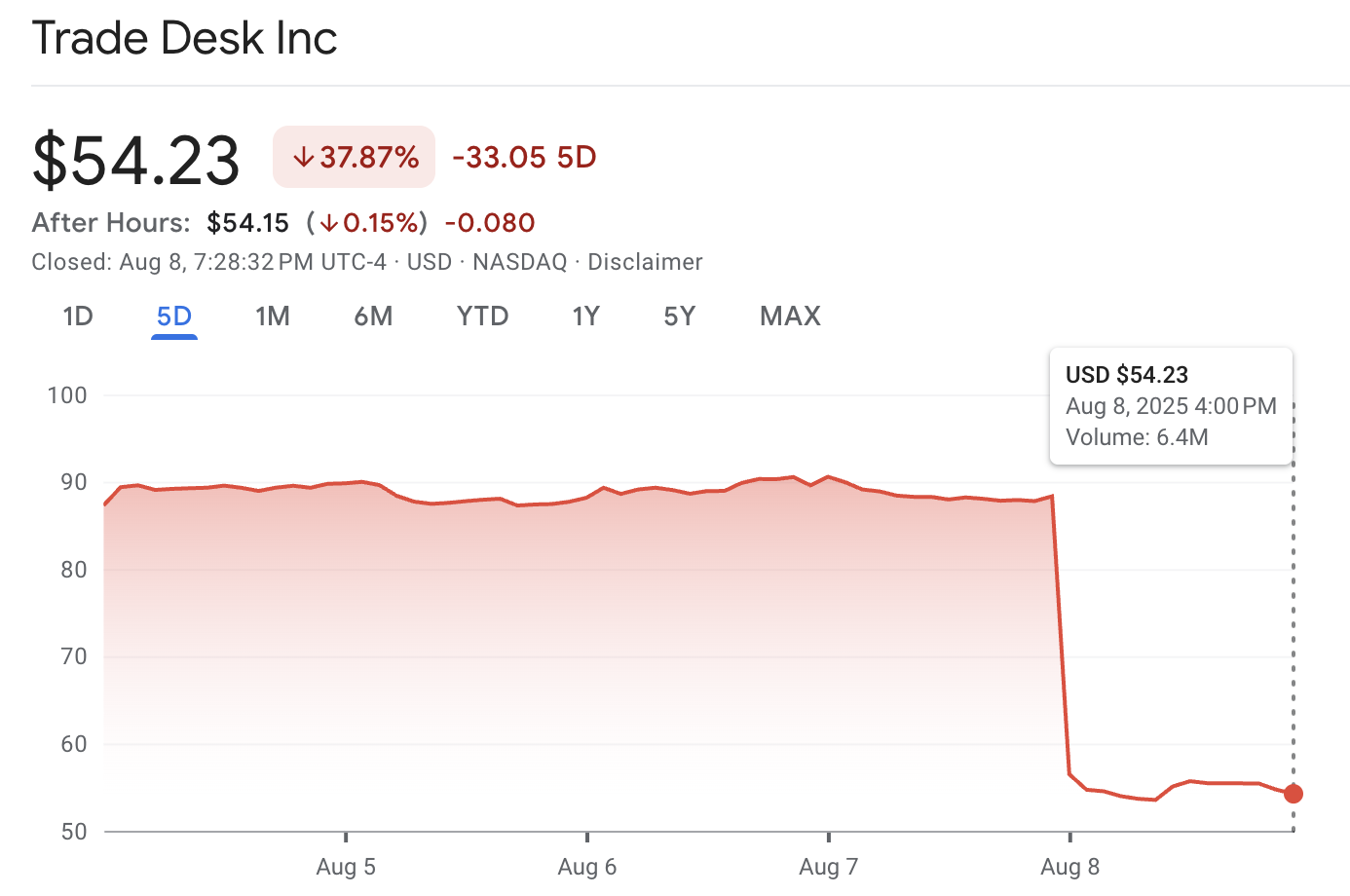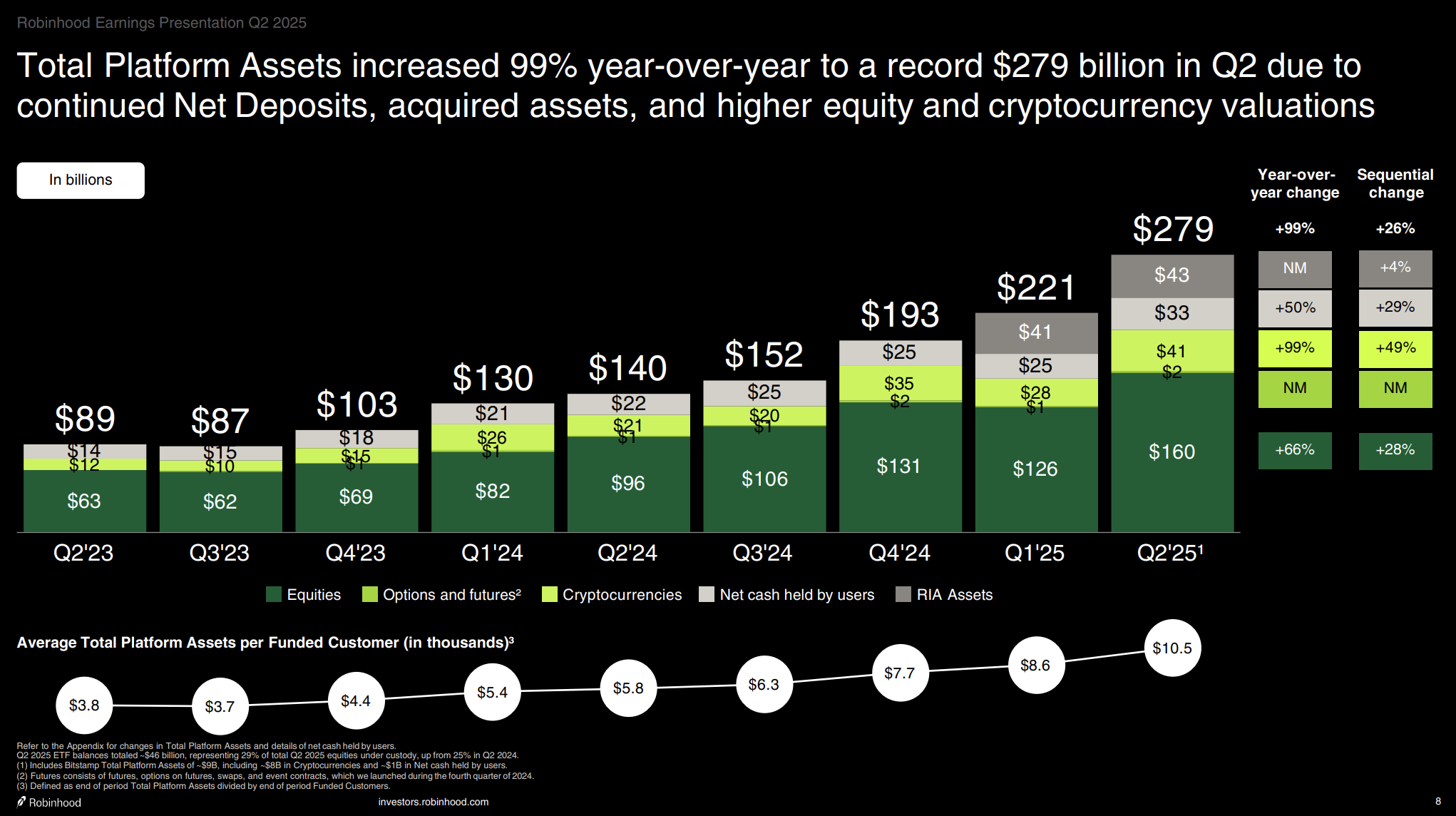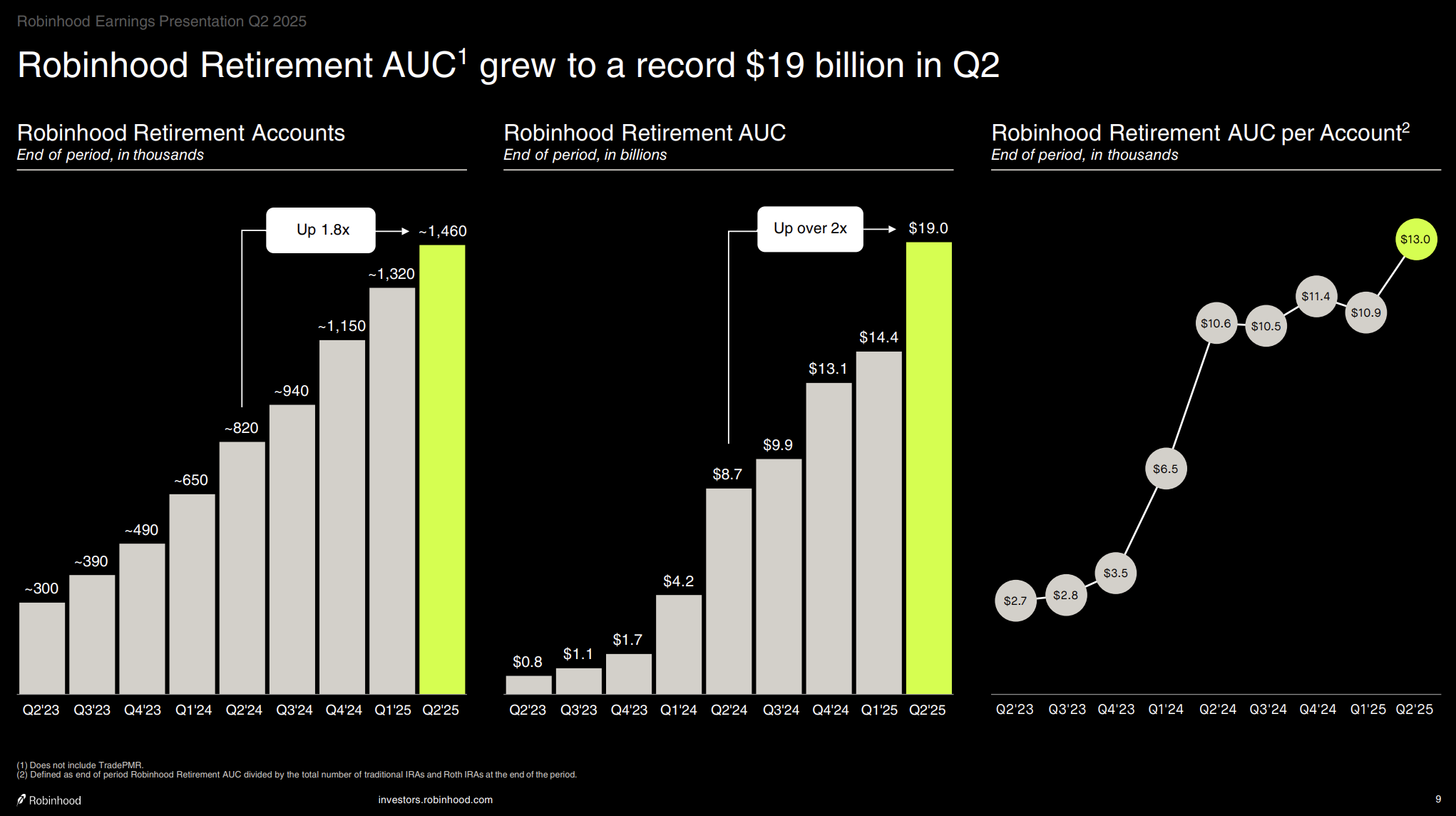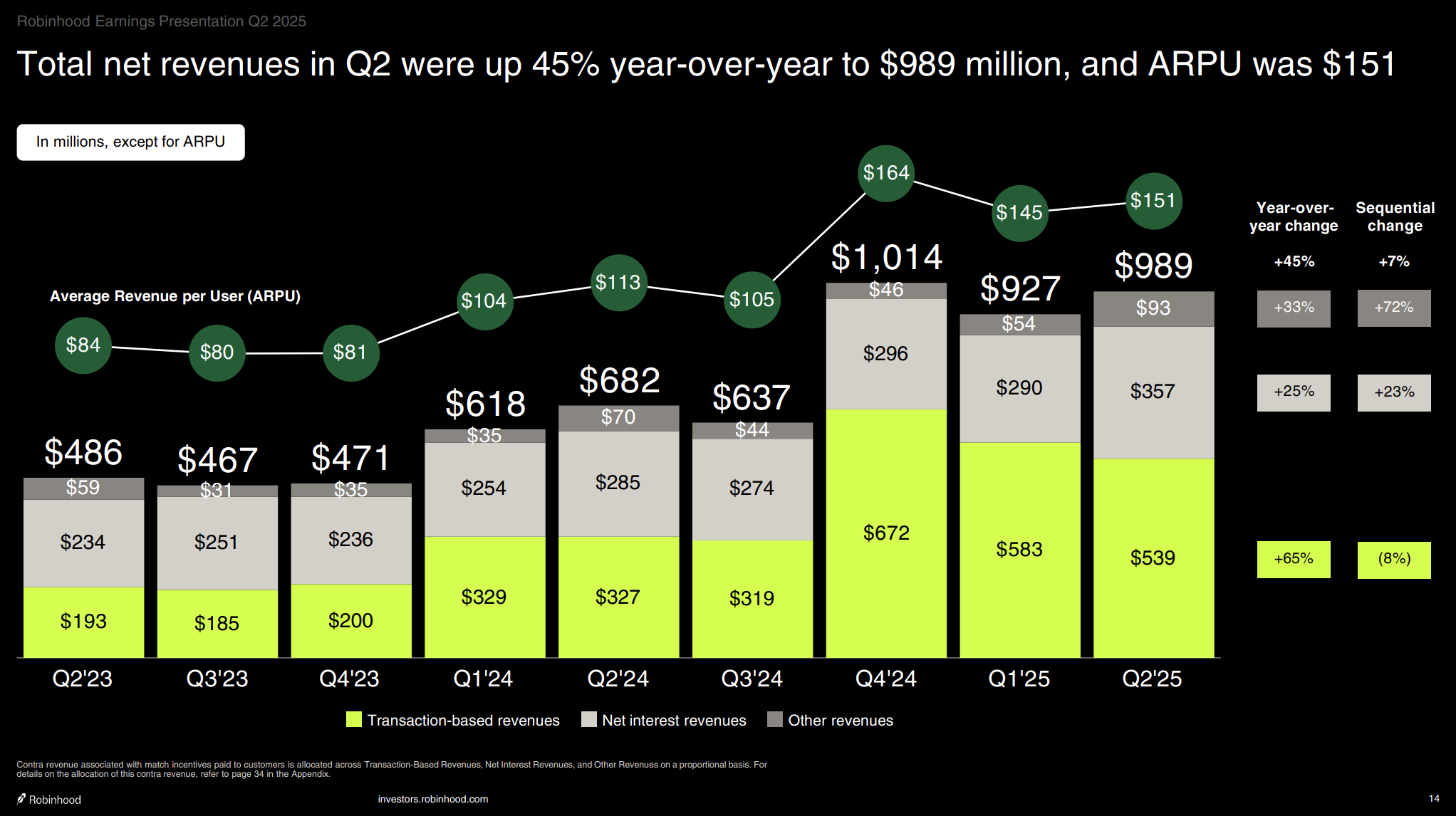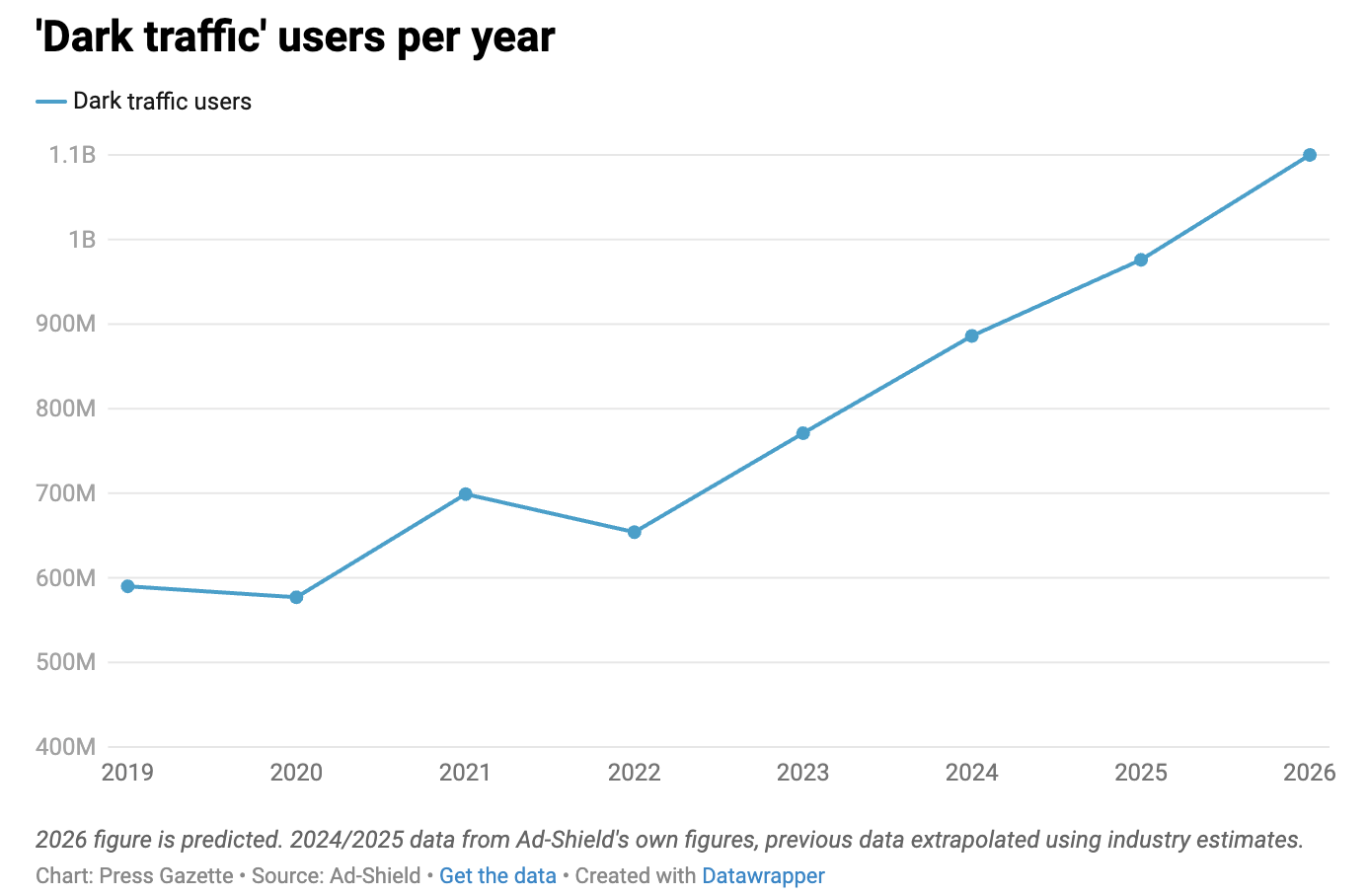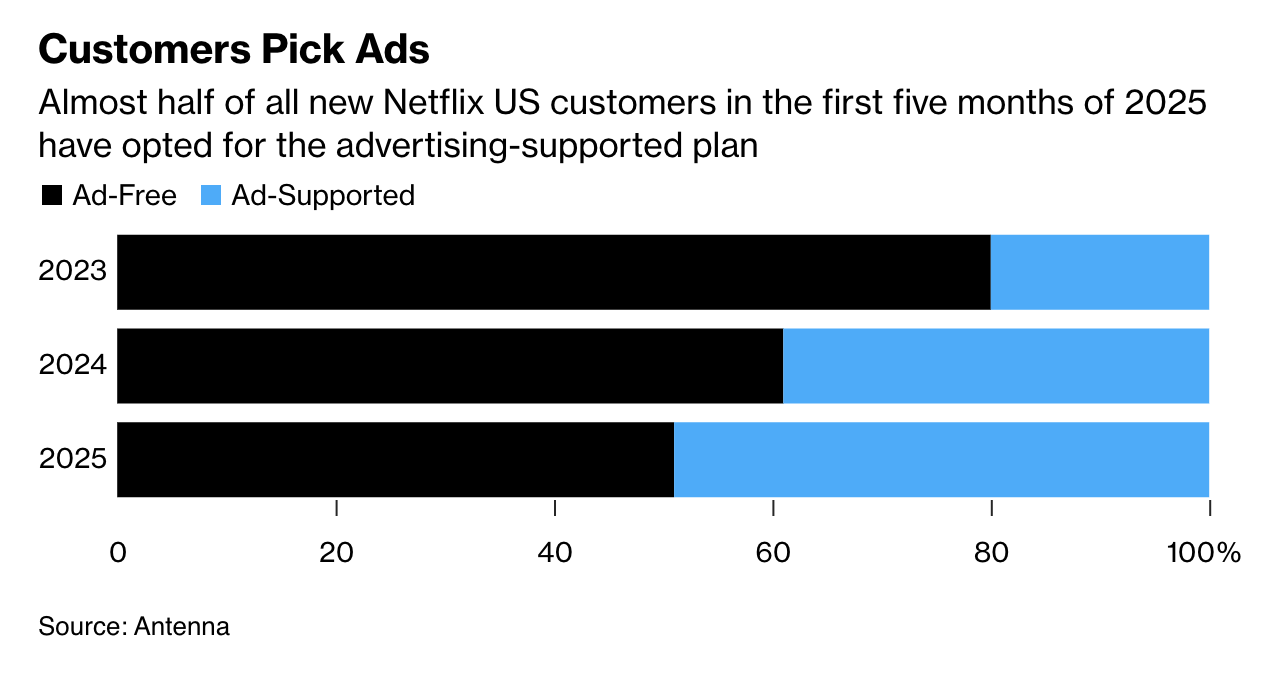The AI narrative is powerful. Earlier in 2025, Google faced serious doubts from both investors and the wider tech community about its ability to compete in generative AI. The rise of OpenAI's ChatGPT and its rapid integration into Microsoft’s ecosystem led to speculation that Google, once the undisputed AI leader, was losing its edge. This sentiment was reflected in the market: Alphabet’s share price declined over 20% following disappointing earnings and growing market share losses in both search and cloud, with headlines suggesting Google was struggling to adapt as the AI landscape shifted.
Concerns intensified as investors worried about Google ’s escalating capital expenditures on AI, which soared to record levels. High-profile product missteps, like flawed early releases of Gemini’s predecessor, only fuelled the perception that Google was falling behind.
But with the launch of Gemini 3, the story changed almost overnight. The new model dramatically outperformed earlier versions and demonstrated real progress in closing the gap with top competitors. As a result, Alphabet’s stock price surged: after unveiling Gemini 3, shares hit a record high, passing $300 for the first time ever, and recouped much of their earlier loss. For the year, the stock is now up more than 56%, as analysts and investors have renewed confidence in Google ’s AI leadership, applauding both the technology and the strategic focus behind its comeback. Gemini 3 has continued the narrative.
Key Improvements in Reasoning and Context
Gemini 3 excels in state-of-the-art reasoning and context understanding. It has topped benchmark leaderboards and outperformed previous models on complex challenges like Humanity’s Last Exam and GPQA Diamond, demonstrating near-PhD-level reasoning skills. Deep Think mode, a new enhancement, further boosts reasoning, particularly for challenging, multi-step tasks.
Multimodal and Agentic Capabilities
Unlike many earlier models, Gemini 3 is natively multimodal—it processes text, images, and code in context with each other, improving comprehension and output richness. It also introduces robust agentic features, handling complex, multi-step software tasks, autonomously validating code, and executing operations across various digital platforms. These abilities make Gemini 3 highly competitive for both consumer and developer use.
Coding and Tool Use
Gemini 3 shows dramatic gains in coding benchmarks, surpassing previous models and matching or exceeding industry leaders in real-world coding and terminal-based tasks. Its high marks on developer and terminal tool use show that Gemini 3 can independently tackle complex development jobs, making it attractive for enterprise use.
Performance versus Other Engines
In academic reasoning, Gemini 3 has achieved substantial gains, outscoring contemporaries like GPT-5 and Claude 4.5 on the latest reasoning benchmarks.
In multimodal understanding, Gemini 3 consistently leads, reflecting its ability to integrate and process multiple types of data.
Coding benchmarks reveal a strong showing for Gemini 3, pushing past its forerunners and setting a new standard in code generation accuracy and reliability.
Broader Ecosystem Integration
Google has rapidly expanded Gemini 3’s presence across its product suite, including advanced generative AI modes in search, updated developer tools, and agentic workplace features. This deep integration accelerates adoption and helps close the user experience gap.
With these improvements, Gemini 3 is no longer just catching up; it now challenges the top tier of generative AI models in almost every critical area for business, academia, and creative professionals.







